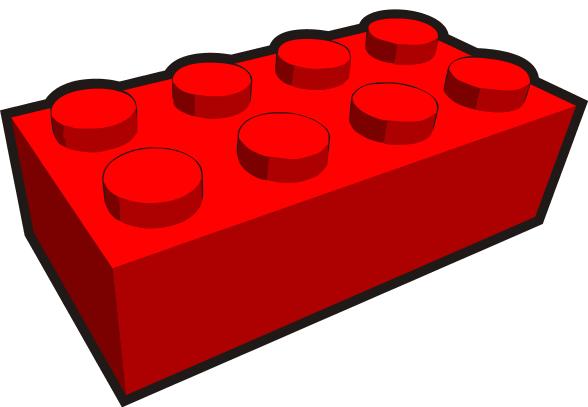Problem of the Week
Problem A and Solution
Enough Money
Problem
Rosa has six dimes, seven quarters, three \(\$5\) bills, and one toonie. She would like to purchase some LegoTM for \(\$20.00\). Does Rosa have enough money? Justify your answer.
In Canada, a dime is worth \(10\)¢, a quarter is worth \(25\)¢, a toonie is worth \(\$2.00\), and \(100\)¢ is equal to \(\$1.00\).

Solution
We will determine how much money Rosa has, in dollars. \[\begin{aligned} \text{six dimes} & = 6 \times 10¢ = 60¢ = \$0.60 \\ \text{seven quarters} & = 7 \times 25¢ = 175¢ = \$1.75 \\ \text{three} ~\$5~ \text{bills} & = 3 \times \$5.00 = \$15.00 \\ \text{one toonie} & = 1 \times \$2.00 = \$2.00 \end{aligned}\]
Thus, in total, Rosa has \(\$0.60+\$1.75+\$15.00+\$2.00=\$19.35\). This is less than \(\$20.00\), which is the cost of the LegoTM.
Therefore, Rosa does not have enough money to buy the LegoTM.
Teacher’s Notes
The value of modern coins is not normally connected to the value of the material with which they are made. In fact, if the metal used to mint a coin is actually worth more than the coin’s face value, usually there is an effort to remove the coin from circulation. For example, the penny in Canada (1 cent coin) was removed in 2012. At that time, it cost approximately 1.6 cents to mint each penny. In 1965, the United States stopped circulating the silver dollar since the material was worth more than a dollar. Most of the dollar coins that had been minted were then melted to recover the base metal.
In history, coins did not always have a value imprinted on them. The purity of the metal that composed the coin could be tested on a touchstone, and the monetary value was calculated based on its weight and purity. Eventually gold and silver coins were stamped with their weights instead of a fixed monetary value. Governments would mint the coins as a way of guaranteeing the weight and purity of the material was correct.
